How many ounces in a teaspoon? 1.7 fluid oz or 1.66667 fluid oz to be exact! Whether you’re a seasoned cook or a beginner in the culinary world, understanding the conversion between teaspoons and ounces is essential. By unraveling this conversion, you’ll gain confidence in your cooking and baking endeavors, ensuring precise measurements and achieving delightful results in your recipes. So, let’s dive into the world of teaspoons and ounces to demystify this culinary measurement and unlock a world of culinary possibilities.
This post contains affiliate links.
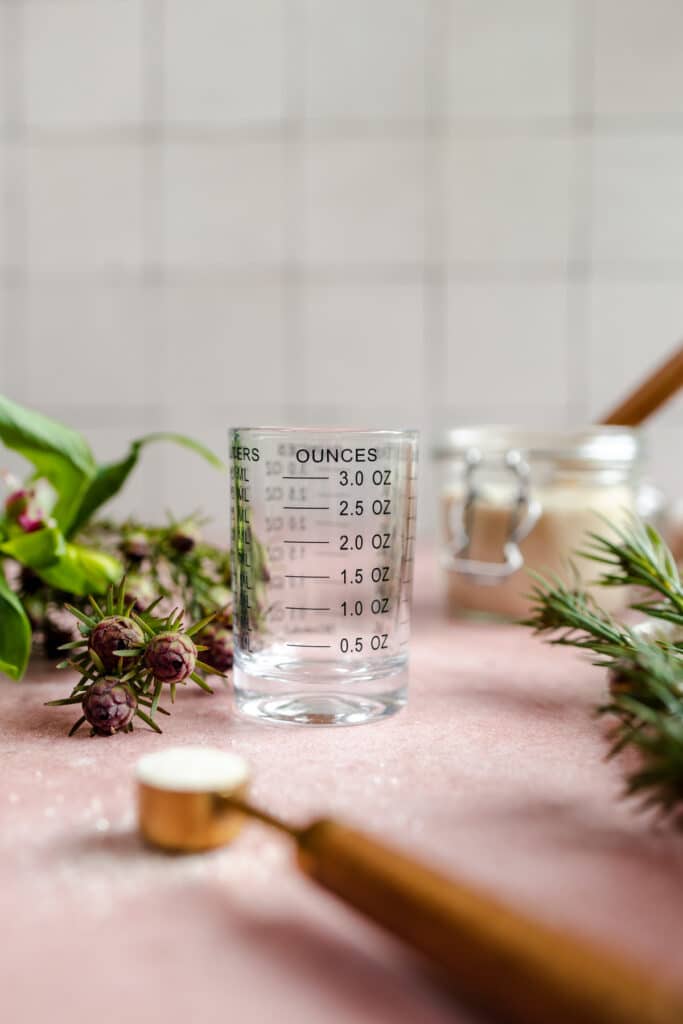
What is an ounce?
An ounce is a unit of measurement that is widely used for weight or mass in various fields. It originated from ancient civilizations and has evolved over time to become an important part of everyday life.
History of Ounces
The word “ounce” is derived from the Latin word “uncia,” which means the twelfth part. In ancient Rome, the ounce was defined as one-twelfth of a Roman pound. This measurement was used for various commodities, including precious metals, spices, and other trade goods.
Throughout history, the ounce has been utilized in different ways. In medieval Europe, it was used for measuring precious metals and coins, while in the apothecary system, ounces were employed for measuring medicines and herbal remedies.
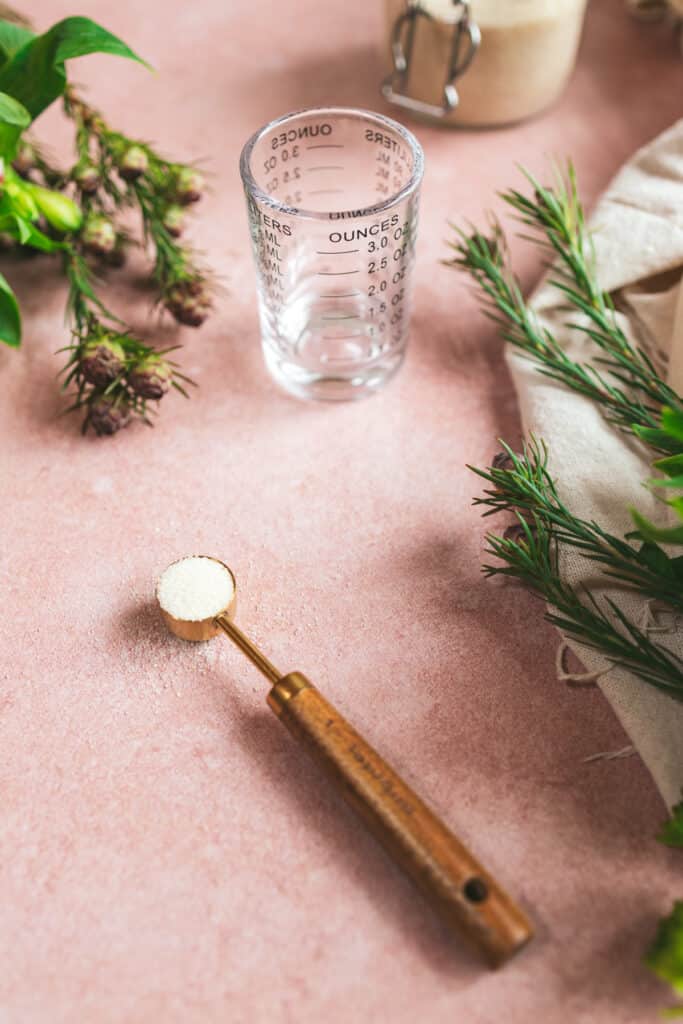
Modern Day Use
Today, the ounce continues to hold significance in many parts of the world. In the United States, it is commonly used for measuring both weight and volume. In terms of weight, one ounce is equal to approximately 28.35 grams. In terms of volume, there are two types of ounces: fluid ounces and dry ounces.
Fluid ounces are used for measuring liquid substances, such as water, milk, or juice. One fluid ounce is equivalent to about 29.57 milliliters. This measurement is commonly used in cooking, baking, and beverage recipes.
Dry Ounce
Dry ounces, on the other hand, are used for measuring dry ingredients, such as flour, sugar, or spices. One dry ounce is approximately 28.35 grams. This measurement is prevalent in cooking, especially in the United States.
The Ounce And The Metric System
It is worth noting that the ounce is not part of the metric system, which is used in many countries worldwide. In the metric system, the gram is the standard unit for measuring weight and volume. However, due to historical and cultural reasons, the ounce remains widely used in the United States and some other countries, particularly in everyday life and culinary practices.

Common Ounce Terms
- US fluid ounce
- Imperial fluid ounces
- Liquid ounces
- Dry ounces
Ounces Abbreviations
- Fl oz
- oz

What is a teaspoon?
The teaspoon is a commonly used unit of measurement for small quantities of ingredients in the culinary world. It has a fascinating history and continues to be a valuable tool in modern kitchens.
History of The Teaspoon
The teaspoon gets its name from its original purpose – stirring tea. In the 17th century, when tea consumption became popular in Europe, people needed a small spoon to measure the right amount of tea leaves. The teaspoon, with its approximate capacity of 5 milliliters or one-third of a tablespoon, emerged as the ideal tool for this task.
When it comes to teaspoons, there is a difference between the US and the United Kingdom form of measurement. In the United States, a teaspoon is commonly defined as 1/6 of a fluid ounce or approximately 5 milliliters (ml). However, in the British measurement system, a teaspoon is slightly larger, with a volume of around 5.92 milliliters (ml).
Current Day Teaspoon Use
The teaspoon measurement has since expanded beyond tea and found its way into cooking, baking, and our favorite recipes. It is often used to measure small amounts of ingredients. Such as a teaspoon of cinnamon, a teaspoon of flour, a teaspoon of sugar, or brown sugar. It can also be used for liquid measurements, such as a teaspoon of water, a teaspoon of milk, or a teaspoon of butter.
While the teaspoon itself is not directly related to ounces, it is helpful to understand the relationship between the two units. An ounce is a unit of weight or volume, whereas a teaspoon is a unit of volume. One fluid ounce is equivalent to approximately six teaspoons. However, it’s important to note that the weight of a substance in ounces may not directly correspond to its volume in teaspoons due to variations in density.
Understanding the teaspoon measurement allows for precise and consistent ingredient proportions, ensuring the desired taste and texture in culinary creations. It serves as a reliable reference point for home cooks, bakers, and professionals alike.

Common Teaspoon Terms
- US teaspoons
- Customary system
- US cup
- Imperial system
- British teaspoon
- Canadian teaspoon
- Australian teaspoon
Teaspoon Abbreviations
- tsp
- tsps
- t (lowercase only)
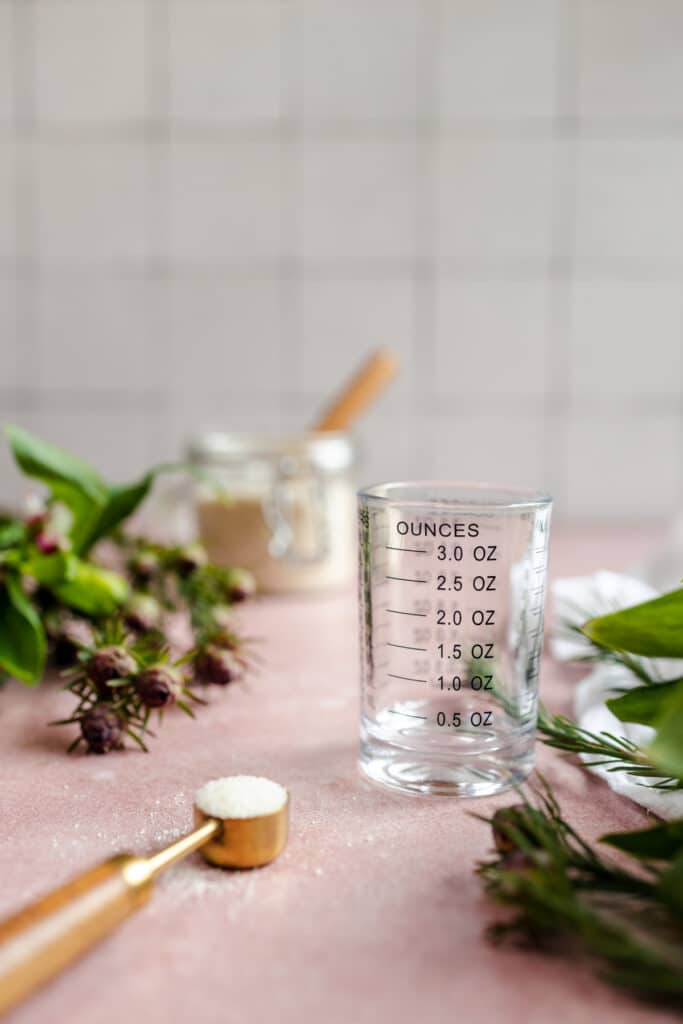
How many ounces in a tsp?
When it comes to precise kitchen measurements, understanding the conversion between teaspoons and ounces is essential. So let’s delve into the relationship between teaspoons and ounces, exploring both fluid ounces and dry ounces conversions.
How many fluid ounces in a teaspoon?
When it comes to measuring small amounts of liquid ingredients, such as water, milk, or oil, knowing how many fluid ounces are in a teaspoon may be helpful. In terms of fluid ounces, there are approximately 0.17 fluid ounces in a teaspoon. This means that if you need to measure a teaspoon of liquid, you are essentially measuring a very small fraction of an ounce. It’s important to note that this conversion may vary slightly depending on factors like the density of the liquid. Make sure to use teaspoons specifically designed for measurement, as tableware spoons come in a variety of sizes and are not designed for accurate measurement.
How many dry ounces in a teaspoon?
In terms of dry ounces, there are approximately 0.18 dry ounces in a teaspoon. Popular dry ingredients commonly measured using a teaspoon are spices, herbs, and powders. It’s important to note that the exact amount may vary slightly depending on factors like the density and consistency of the ingredient. For example, 1 oz of ground basil leaves contains approximately18 teaspoons, while 1 oz of ground bay leaves contains approximately 12.66 teaspoons. To obtain an exact measurement, it is best to use a kitchen scale.

How many ounces in 2 teaspoons?
If you’re wondering how many ounces are in 2 teaspoons, the answer depends on whether you’re referring to fluid ounces or dry ounces. In terms of fluid ounces, 2 teaspoons is equivalent to approximately 0.33 fluid ounces. This measurement applies to liquids such as water, milk, or oil. On the other hand, if you’re considering dry ounces, 2 teaspoons roughly amounts to around 0.36 dry ounces. This measurement is relevant for dry ingredients like spices or powders. It’s important to note that these conversions are approximate and can vary slightly depending on factors like ingredient density.
How many ounces in a teaspoon of salt?
If you’re wondering about the number of ounces in a teaspoon of salt, it’s important to consider whether you’re referring to table salt or kosher salt, as they have different densities. On average, a teaspoon of table salt weighs about 0.28 ounces, while a teaspoon of kosher salt weighs approximately 0.20 ounces. However, these measurements can vary slightly depending on factors like the brand and grain size of the salt. It’s worth noting that salt measurements are typically given by weight rather than volume due to variations in density. Using a kitchen scale is the most accurate way to measure salt, especially when precise amounts are needed for recipes.

Fluid Oz In A Tablespoon Conversion Chart
When it comes to precise measurements in the kitchen, having a handy conversion chart is incredibly helpful. Say goodbye to guesswork and embrace the convenience of fluid ounces and tablespoons with our online conversion calculator.
| Fluid Ounces | Tablespoons |
|---|---|
| 0.5 fl oz | 1 tbsp |
| 1 fl oz | 2 tbsp |
| 1.5 fl oz | 3 tbsp |
| 2 fl oz | 4 tbsp = ¼ cup |
| 4 fl oz | 8 tbsp = ½ cup |
| 6 fl oz | 12 tbsp = ¾ cup |
| 8 fl oz | 16 tbsp = 1 cup |
| 16 fl oz | 32 tbsp = 2 cups = 1 pint |
| 32 fl oz | 64 tbsp = 4 cups = 2 pints = 1 quart |
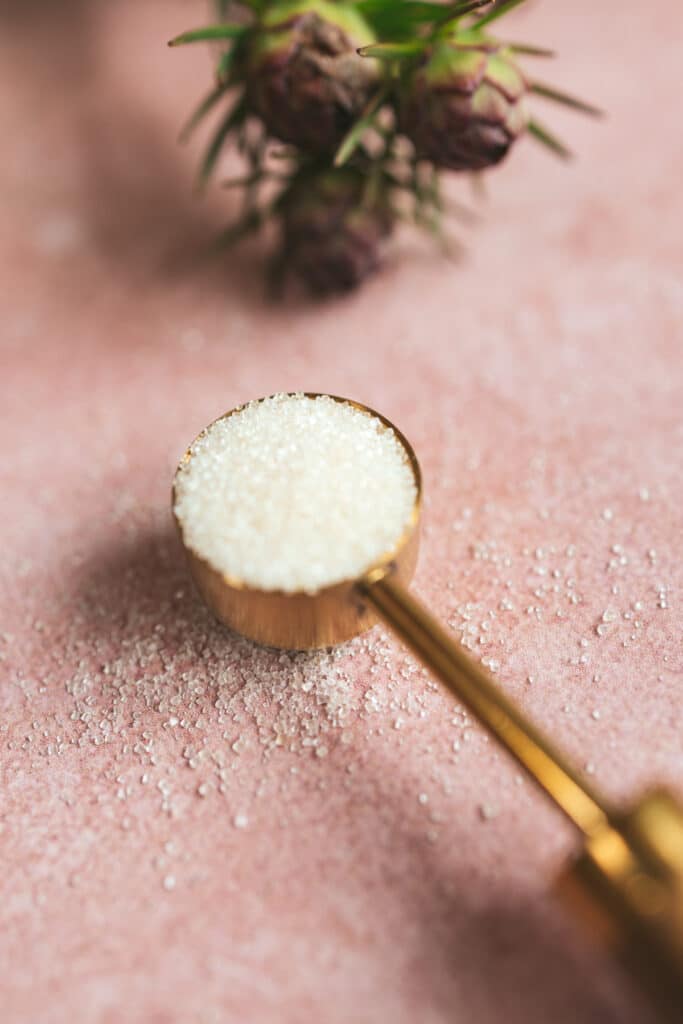
Free Download: Ounces To Tablespoons Conversion Chart
Looking for accurate results? Download our free conversion chart below!
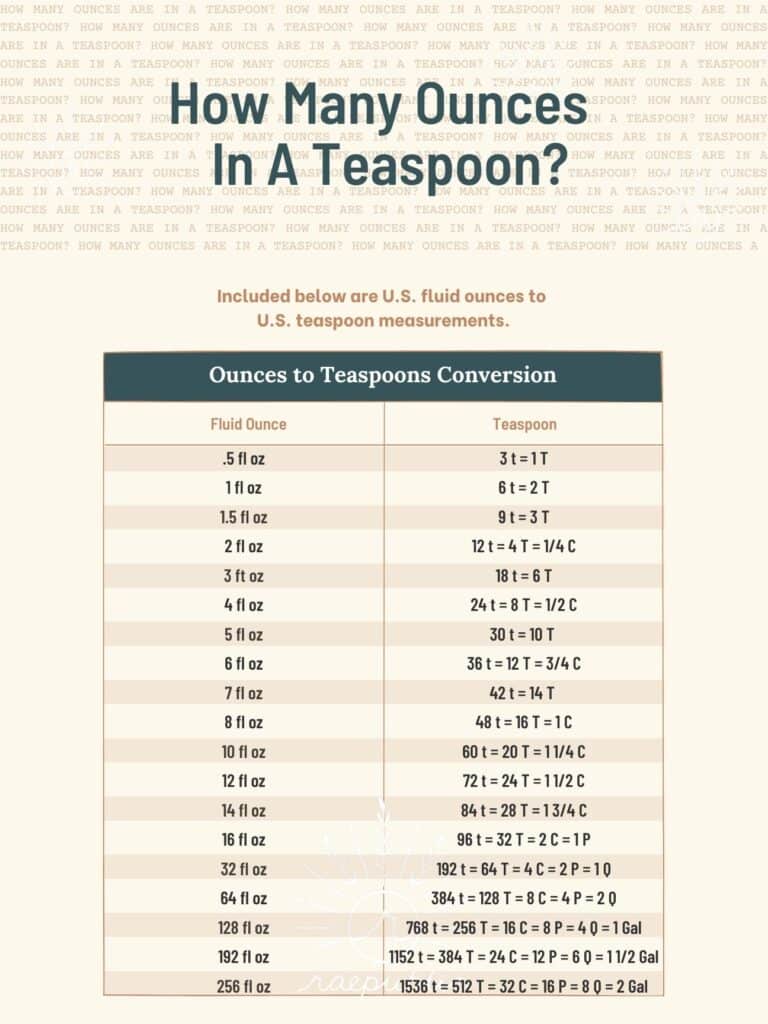

FAQ
No, 2 teaspoons do not equal 1 ounce. When it comes to fluid ounces, 1 fluid ounce is equivalent to approximately 6 teaspoons. Therefore, 2 teaspoons amount to around 1/3 of a fluid ounce.
It’s important to note that this conversion is specifically for measuring wet ingredients like water, milk, or oil. However, if you’re referring to dry ingredients, the conversion differs. In terms of dry ounces, 2 teaspoons roughly amount to approximately 0.36 dry ounces. This measurement is relevant for dry ingredients such as spices or powders. The type of ingredient will depend on the accuracy of your measurement.
When it comes to the measurement of teaspoons and fluid ounces, there is a significant difference. 1 fluid ounce is equivalent to approximately 6 teaspoons. Therefore, if you have 6 teaspoons, you would have approximately 1 ounce of liquid.
However, it’s important to note that this conversion applies specifically to fluid ounces and teaspoons for liquid cooking ingredients. When dealing with dry ingredients, the conversion may be different.
No, 2 tsp does not equal 1 ounce. In terms of fluid ounces, 1 fluid ounce is approximately equal to 6 teaspoons. Therefore, 2 teaspoons amount to around 1/3 of a fluid ounce. This measurement applies specifically to liquids like water, milk, or oil. However, if you’re referring to dry ounces, the conversion differs.
Dry ounces measure the weight of an ingredient rather than its volume. In this case, 2 teaspoons do not equal 1 ounce. The weight of an ounce can vary depending on the density of the dry ingredient being measured. To ensure accurate measurements, it’s recommended to use proper measuring tools such as measuring spoons or a kitchen scale.
To answer simply, the US tablespoon contains 0.5 fluid ounces. Technically, there is a difference depending on whether you are referring to fluid ounces or dry ounces. “Fluids” commonly being water, milk, or oil, and “dry” commonly being spices and powders. In terms of fluid ounces, 1 fluid ounce is equivalent to approximately 2 tablespoons.
Therefore, if you have 1 fluid ounce of liquid, you would have around 2 tablespoons. On the other hand, if you’re considering dry ounces, the conversion differs. The weight of an ounce can vary depending on the density of the dry ingredient being measured. Therefore, the number of dry ounces in an American tablespoon can vary depending on the ingredient.
The conversion of teaspoons to grams depends on the substance being measured, as different substances have different densities. However, as a general guideline, 1 teaspoon is approximately equal to 4.2 grams. This measurement is commonly used for solid ingredients like sugar or salt.
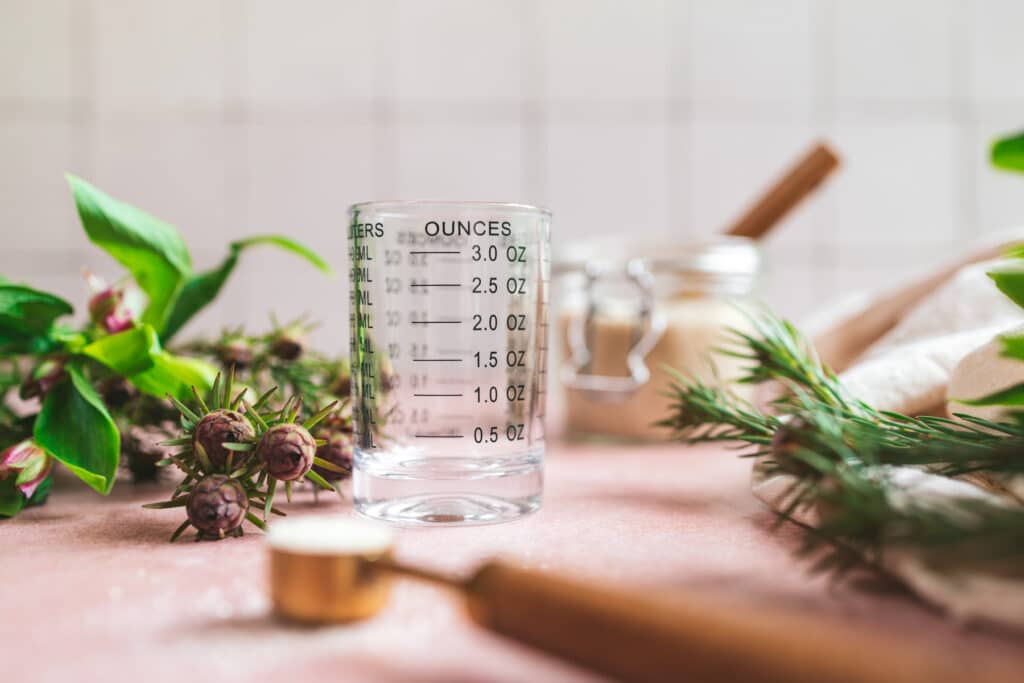
Final Words
Understanding the conversion between ounces and teaspoons is essential for precise measurements. Whether for liquids or dry ingredients, the right tools ensure successful culinary endeavors.
More Measurement Guides
Cups Conversions
This post may contain affiliate links, meaning I’ll receive a commission if you purchase through those links at no extra cost to you. Please read our full disclosure for more information. Thank you for supporting Raepublic.

Such a helpful article!
Glad you found it helpful!